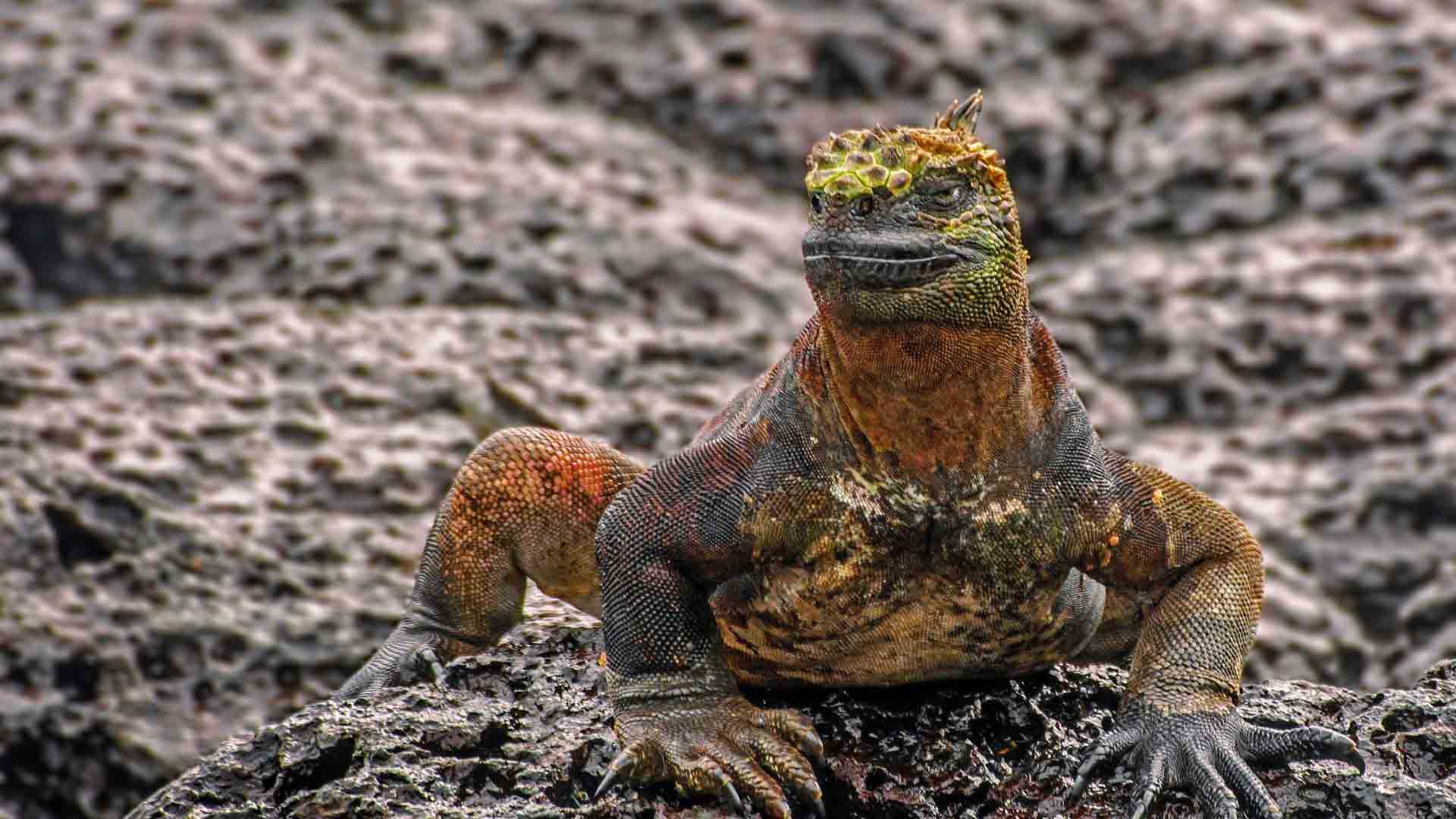Day by day
Map

Preview

Preview

Preview
Cruise Includes
All programed visits as per itinerary with specialized naturalist bilingual guide
Accommodation in twin/double cabin with private facilities (surcharge for suite)
All meals on board, drinking purified water, coffee and tea
Snorkeling equipment (fins, mask & snorkel) & sea-kayaks
Transfers within the islands on cruise dates as per itinerary
Personalized 24/7 assistance during tour
Cruise does not include
Airfare to/from Galapagos from/to Mainland Ecuador (to be added)
Galapagos National Park Entrance Fee US$200 per person (in cash only upon arrival)
Galapagos Migration Card US$20 in cash per person (at Mainland’s Airport)
Alcoholic/soft drinks, personal expenses, extras, and tips
All sizes wet-suits for rent on board (in cash)
Travel, medical & cancelation Insurance and any services on Mainland
Other services not specified in the program
Highlights
Look for three different species of Darwin’s Finches and the Albatrosses at Española.
Snorkel with playful and curious sea-lions.
Send a postcard to your friends and loved ones back home from Post Office Bay.
Witness the magnificence of the waved Albatrosses at Española.
Enjoy amazing views while sailing on board your Yacht from its ample sun-deck or the Jacuzzi.
Itinerary B Naturalist Cruise
From USD 2720,00